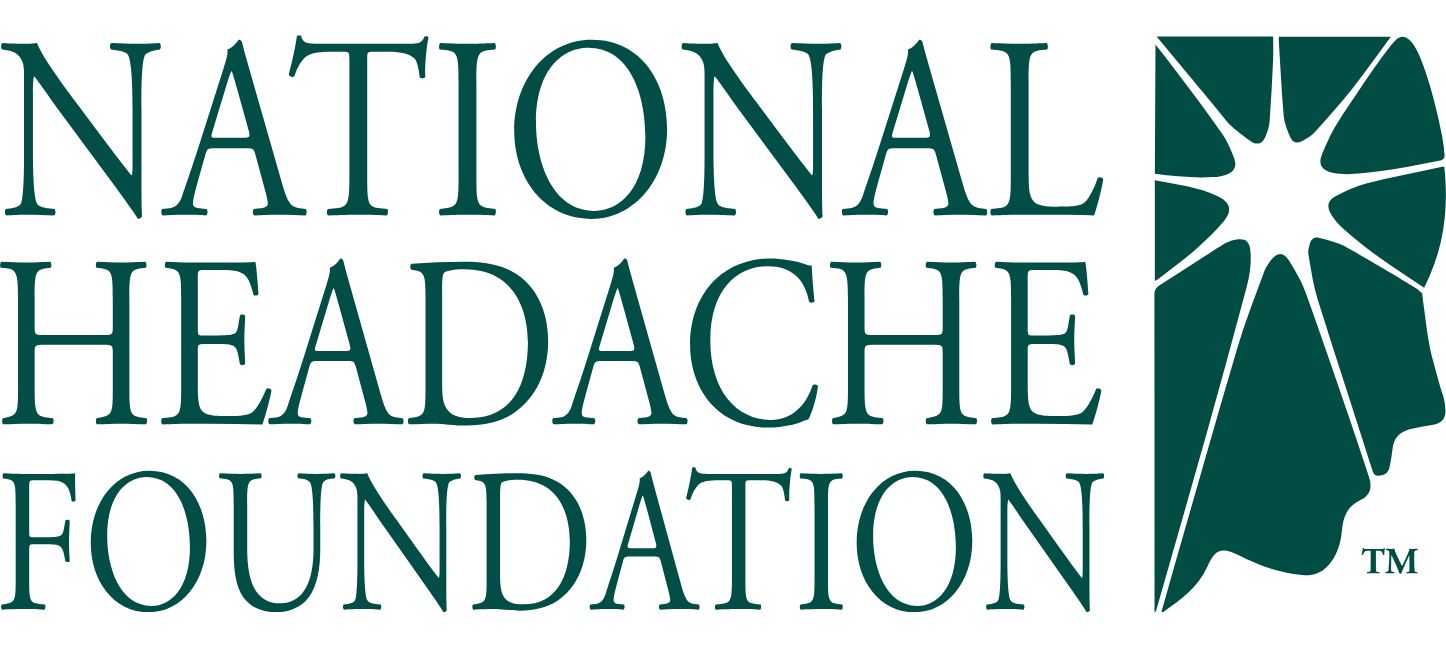Over-the-counter medications can often treat migraine symptoms. However, if your migraine symptoms persist, you may want to talk with a doctor about prescription options.
Migraine is a health condition in which you experience recurring, debilitating headaches.
Migraine attacks can be severe. They’re often described as a pulsing or throbbing pain that can be felt on one or both sides of the head. Some people experience a collection of symptoms called aura before a migraine attack.
A variety of medications can treat or prevent migraine. Over-the-counter (OTC) pain medications are often used to ease symptoms of a migraine attack that’s already begun.
Let’s dig deeper into the different types of OTC medications used for migraine and how they work.
There are a few types of OTC medications available to treat migraine. For the most part, they’re used to address the symptoms of a migraine attack that’s underway rather than to prevent a migraine attack.
You can typically find these in a capsule or tablet form at your local grocery or drugstore. The amount of medication contained in an individual capsule or tablet can vary, so be sure to check the packaging before taking it.
The following medications are first-line treatments for migraine. This means they’re generally the first types of treatment doctors recommend. As such, it’s possible they may not be effective for everyone, particularly when migraine pain is severe.
It’s also worth noting that the earlier you take any of the listed medications during a migraine attack, the more effective they are at relieving symptoms.
Ibuprofen (Advil, Motrin)
Ibuprofen is one of the many nonsteroidal anti-inflammatory drugs (NSAIDs) that can be used to treat migraine. NSAIDs are often used to treat symptoms like pain, inflammation, and fever.
Traditional NSAIDs like ibuprofen work by inhibiting enzymes called cyclooxygenase (COX) 1 and 2. By blocking these enzymes, NSAIDs prevent the formation of compounds called prostaglandins, which contribute to pain and swelling.
The recommended dose of ibuprofen for migraine attacks is 400 milligrams (mg). However, doses
A 2024 review of 137 studies found that ibuprofen was 1.41 to 4.82 times better at managing migraine symptoms than placebo.
Naproxen (Aleve)
Naproxen is also an NSAID. It works to ease pain in much the same way as ibuprofen. However, it has a slower time of onset than ibuprofen, meaning it may take longer to feel naproxen’s effects.
The typical recommended dose of naproxen for acute migraine pain is 500 mg. In some cases, doses of up to 825 mg have been used.
A 2020 review found that although naproxen was superior to placebo for relieving migraine pain, other commonly used pain relievers have reported better results. Researchers didn’t recommend it as a stand-alone treatment for acute migraine pain.
Naproxen can better alleviate acute migraine pain when combined with other drugs. For example, taking naproxen with the prescription drug sumatriptan has been found to be more effective than using either of the two drugs alone.
However, naproxen should not be combined with other NSAIDs, and you should always consult a doctor before combining medications.
Aspirin
Like ibuprofen and naproxen, aspirin is an NSAID. It works through a similar mechanism to the other NSAIDs we’ve discussed so far.
The recommended dose of aspirin for acute migraine pain is up to 1,000 mg.
A 2013 review found that this dose of aspirin had a similar effectiveness to 50 or 100 mg of sumatriptan. A
In addition to helping treat acute migraine pain, aspirin may also work to prevent migraine attacks. Some data suggests daily aspirin at doses from
Acetaminophen (Tylenol)
Acetaminophen is often used to treat symptoms like pain and fever. You may also see it called paracetamol. The exact mechanism of how acetaminophen works to ease pain is unknown.
The recommended dose of acetaminophen for migraine pain is 1,000 mg.
A 2013 review found that acetaminophen was superior to a placebo for acute migraine pain relief. However, it wasn’t as effective as other pain relief options. This was particularly true when it came to easing severe migraine pain.
Researchers concluded that acetaminophen may be a good first-line treatment option for people who cannot take NSAIDs.
Aspirin, acetaminophen, and caffeine (Excedrin)
Excedrin is a combination of three ingredients at a fixed dose. These are:
- aspirin (250 mg)
- acetaminophen (250 mg)
- caffeine (65 mg)
Each of these ingredients has its own mechanism of action, which we’ve already discussed for aspirin and acetaminophen. What about caffeine?
When you have a headache, blood flow increases in your brain. Caffeine can cause blood vessels in the brain to constrict (tighten), reducing this blood flow. It also has anti-inflammatory properties and can enhance the effects of aspirin and acetaminophen.
The combination of aspirin, acetaminophen, and caffeine is available OTC in a single-dose pill or tablet.
Like the OTC medications we’ve discussed, studies have looked into the effectiveness of aspirin, acetaminophen, and caffeine. In fact, some studies, like from
Potential side effects
The most common side effects of NSAIDs are digestive symptoms, such as upset stomach, diarrhea, and nausea. NSAIDs may also increase the risk of ulcers. Children and teenagers should not take aspirin due to the risk of developing Reye syndrome.
In rare cases, acetaminophen can cause allergic reactions. It can also cause liver damage if too much is taken. It’s also generally a good idea to avoid alcohol when taking acetaminophen.
The caffeine in aspirin, acetaminophen, and caffeine combination pills can also cause side effects. These include nervousness, dizziness, and nausea.
It depends. Every person is different. One person may find that acetaminophen works very well to ease their symptoms, while another may note that ibuprofen is most effective for them.
You may need to try several types of OTC medications for migraine before you find one that’s effective.
It’s also possible that OTC medications won’t effectively alleviate your symptoms, particularly if you experience severe migraine. In this case, a doctor can work with you to recommend a prescription medication that may be more effective.
When discussing strength, we often refer to how much of a medication is given per dose.
Many of these OTC migraine medications are given in high doses. For example, the recommended doses for aspirin and acetaminophen are typically around 1,000 mg.
However, when thinking about strength, you may also be considering how strongly these medications act against your migraine symptoms.
In this case, an argument can be made for the aspirin, acetaminophen, and caffeine combination. Older
Overall, it’s important to remember that the medication that most effectively alleviates acute migraine symptoms can vary by person. Because of this, focus on finding the treatment that best addresses your symptoms.
Medication overuse headaches
Sometimes, taking too much medication for migraine relief can actually contribute to headaches. This is called a medication overuse headache.
Medication overuse headaches often improve when you treat them with pain medications, only to return as the medication’s effects wear off. They can happen when you take pain relief medications
Because of this, always take your medications as recommended by a doctor. If you find that you’re having to use pain relievers more than a couple of times each week, talk with your doctor to learn about other treatment options.
It’s possible that OTC medications don’t effectively alleviate your migraine symptoms. If this is the case, make an appointment with a doctor to discuss other treatment options.
There are several types of prescription medications that can help ease acute migraine symptoms. Some examples include:
- triptans, such as rizatriptan (Maxalt), sumatriptan (Imitrex), and zolmitriptan (Zomig)
- ergot derivatives, like dihydroergotamine and ergotamine tartrate
- newer medications, such as lasmiditan (Reyvow) and ubrogepant (Ubrelvy)
- antiemetics, which are used to treat nausea and include medications like metoclopramide and chlorpromazine
Another good reason to visit a doctor for migraine is that there are prescription medications available that can help prevent symptoms. These can include:
- certain kinds of blood pressure drugs, such as beta-blockers and calcium channel blockers
- antiseizure medications, like valproate and topiramate (Topamax)
- certain types of antidepressants, such as tricyclic antidepressants and selective serotonin reuptake inhibitors (SSRIs)
- calcitonin gene-related monoclonal antibodies, which include erenumab (Aimovig), galcanezumab (Emgality), fremanezumab (Ajovy), and rimegepant (Nurtec).
Several OTC medications can treat migraine attacks. These are often used as first-line treatments for acute migraine pain.
Which OTC medication is best for easing acute migraine symptoms can vary by individual. Additionally, some people may find that OTC medications don’t effectively alleviate their symptoms.
If you have migraine symptoms, talk with a doctor for recommendations on acute and preventive treatments.











